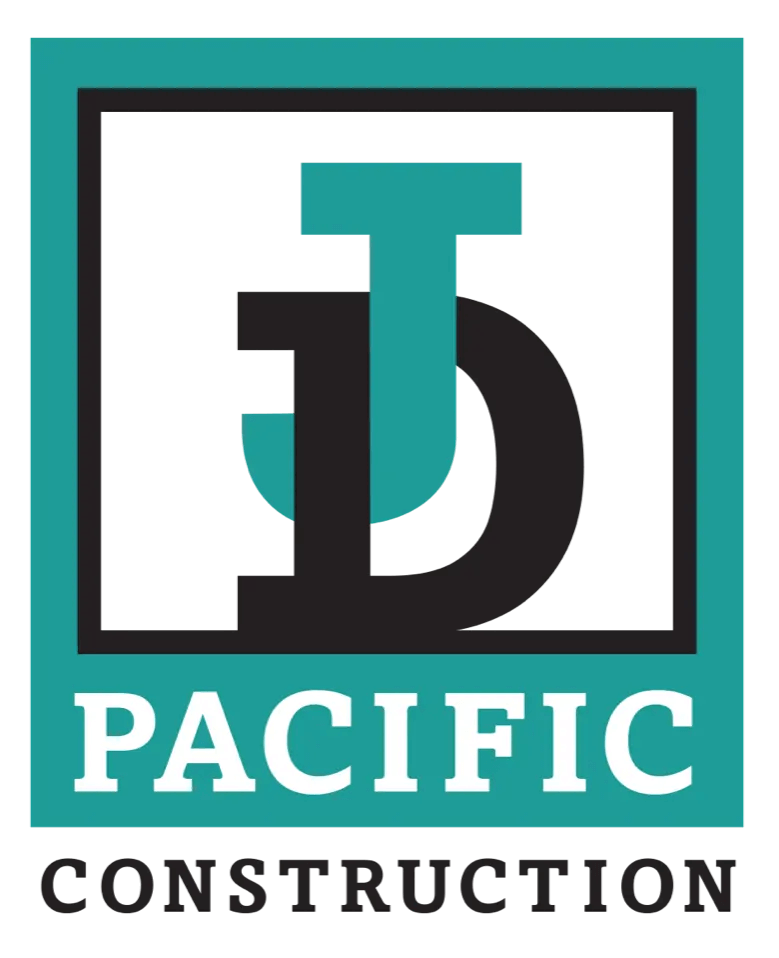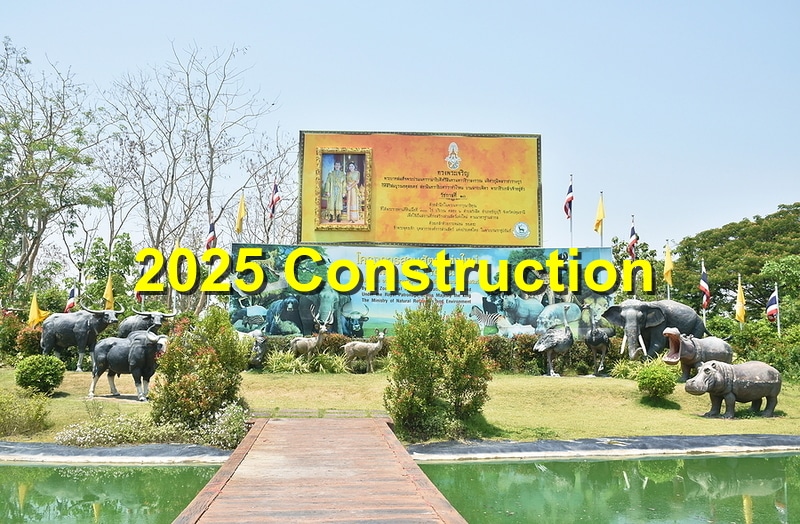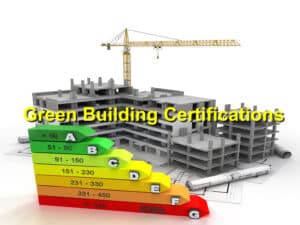As we step into 2025, the residential construction industry is embracing new trends and technologies that promise to reshape the way we build, design, and live in our homes. From sustainability and smart technology to innovative building materials, this year’s trends reflect a growing focus on efficiency, resilience, and personalization.
In this article, we’ll explore the key trends driving residential construction in 2025, offering insights into how builders, architects, and homeowners can stay ahead of the curve.
1. Embracing Sustainable and Eco-Friendly Building Practices
1.1 Green Building Materials
The push for sustainability continues, with builders increasingly using eco-friendly materials like:
- Recycled steel and reclaimed wood: Reduce waste and offer durability.
- Hempcrete and bamboo: Lightweight, renewable, and energy-efficient.
- Low-VOC paints and finishes: Improve indoor air quality.
1.2 Net-Zero and Energy-Efficient Homes
Homeowners are looking for energy-efficient designs that reduce utility costs and environmental impact. Popular features include:
- Solar panels and solar shingles.
- High-performance insulation to minimize heat loss.
- Energy-efficient windows and smart thermostats.
1.3 Water Conservation Innovations
With water scarcity becoming a concern, new builds are incorporating:
- Rainwater harvesting systems.
- Low-flow fixtures and dual-flush toilets.
- Greywater recycling for irrigation and non-potable uses.
Sustainable construction practices not only reduce carbon footprints but also add long-term value to properties.
2. Smart Home Technology Integration
2.1 Advanced Home Automation
The smart home market continues to expand, offering homeowners enhanced control over lighting, security, HVAC systems, and appliances:
- Voice-controlled assistants (e.g., Alexa, Google Assistant).
- Smart lighting systems with motion detection and energy-saving modes.
- Connected home security with smart locks, cameras, and sensors.
2.2 Wellness-Focused Technology
Emerging tech now also prioritizes health and wellness, featuring:
- Air purification systems that monitor indoor air quality.
- Circadian lighting systems that mimic natural light to improve sleep patterns.
- Smart water filtration systems for cleaner, healthier drinking water.
By incorporating smart technology, homes are becoming safer, healthier, and more comfortable for residents.
3. Modular and Prefabricated Construction
3.1 The Rise of Modular Homes
Modular construction continues to gain traction due to its speed, cost efficiency, and flexibility. Benefits include:
- Faster build times: Prefabricated sections are constructed off-site, reducing on-site construction time.
- Cost savings: Efficient use of materials and reduced labor costs.
- Reduced waste: Controlled environments minimize material excess.
3.2 Prefabrication for Additions and ADUs
With the rise of multigenerational living and the need for additional space, prefabricated accessory dwelling units (ADUs) are becoming popular:
- Ideal for guest houses, home offices, or rental units.
- Quick installation with minimal disruption to the main property.
Modular and prefabricated techniques are helping to meet housing demands while maintaining quality and consistency.
4. Multi-Functional and Flexible Living Spaces
4.1 Designing for Adaptability
Post-pandemic lifestyles have changed how we use our homes, leading to a demand for flexible spaces that can adapt to different needs:
- Rooms with movable walls and convertible furniture.
- Home offices that double as guest rooms.
- Basements and garages transformed into livable spaces.
4.2 Blending Indoor and Outdoor Living
Homeowners want to connect with nature, which has led to a focus on:
- Outdoor living spaces with kitchens, dining areas, and lounges.
- Biophilic design elements, such as large windows, natural light, and greenery.
- Retractable doors and patios that seamlessly integrate indoor and outdoor areas.
These design approaches provide versatility and enhance quality of life.
5. Resilient and Disaster-Ready Homes
With extreme weather events becoming more frequent, builders are focusing on resilient construction methods:
5.1 Weather-Resistant Materials
- Impact-resistant windows and reinforced roofing materials.
- Flood-resistant building techniques, such as elevated foundations and waterproof barriers.
- Fire-resistant materials, particularly in wildfire-prone areas.
5.2 Designing for Safety and Longevity
- Backup power solutions, like generators and solar batteries.
- Advanced drainage systems to prevent water damage.
- Safe rooms and shelters for storm protection.
Resilient homes offer peace of mind and protection for families, ensuring they are prepared for emergencies.
Conclusion
The residential construction industry in 2025 is driven by sustainability, technology, and adaptability. As homeowners prioritize efficiency, safety, and well-being, the market is responding with innovative solutions that enhance comfort and functionality.
By staying informed about these trends, builders and homeowners alike can create spaces that are future-ready and aligned with modern lifestyles. Whether it’s through green building practices, smart home integration, or modular construction, the future of residential construction is about building strong foundations—both literally and figuratively.
References: danconstruction, linkedIn




